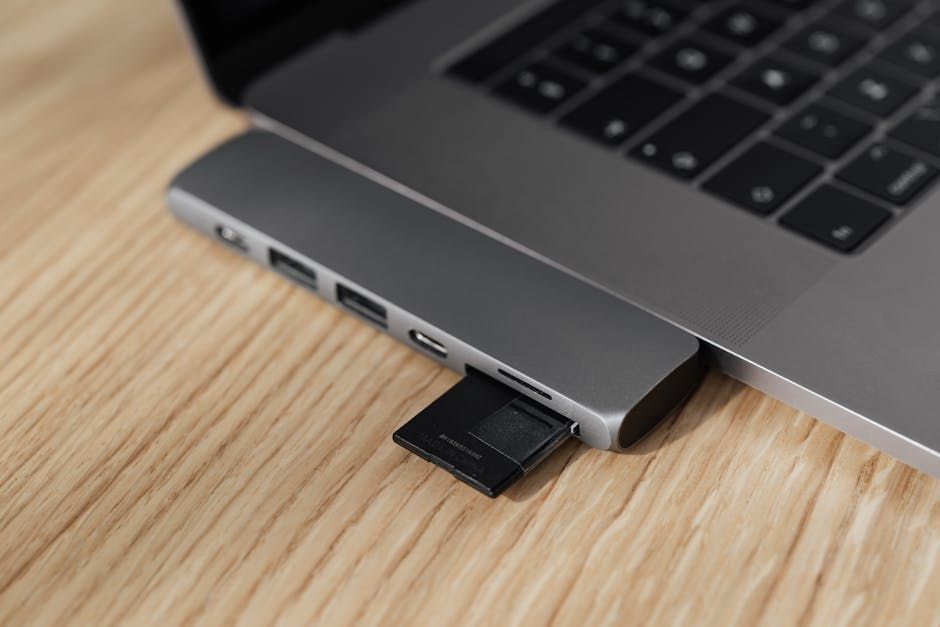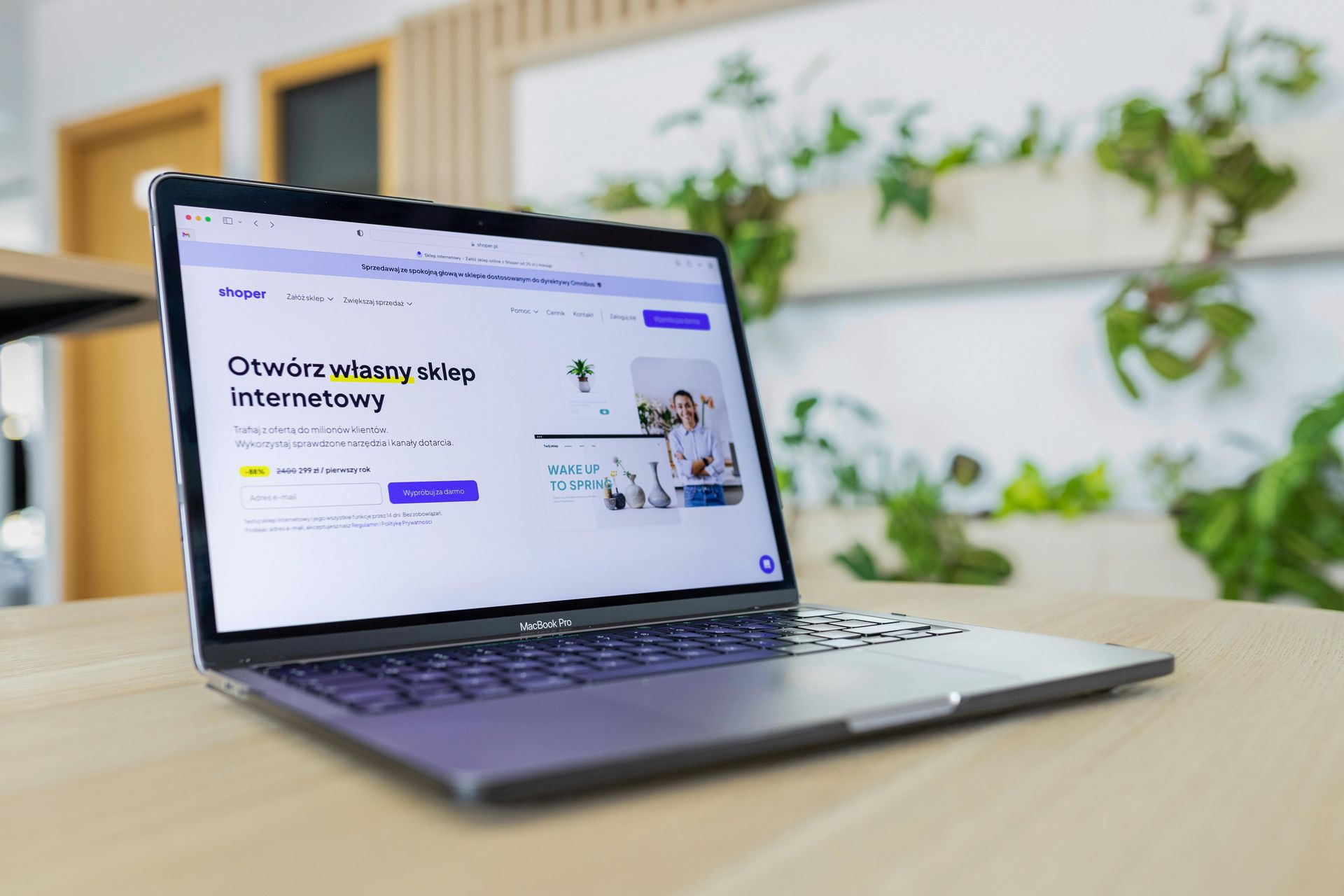4 Affordable Web Design Mistakes to Avoid
In a world where your website is often the first impression you make, cutting corners on affordable web design can cost you more than you realize. Let's delve into the pitfalls to avoid ensuring your site not only looks professional but functions seamlessly across devices.

1. Ignoring Mobile Responsiveness
I
n today’s fast-paced digital age, a website that isn't mobile-friendly is akin to a store with a closed sign. Over half of global website traffic comes from mobile devices, making mobile responsiveness not just a luxury, but a necessity. When pursuing affordable web design, it's crucial to prioritize a mobile-responsive layout. A website that scales and adjusts to various screen sizes ensures a pleasant user experience, keeping your visitors happy and engaged. Neglecting this aspect can alienate a significant portion of your audience, potentially harming your site’s traffic and conversions.
2. Skimping on Quality Visual Content
They say a picture is worth a thousand words, but in web design, a low-quality image could cost you thousands of visitors. High-resolution, professional images are essential to conveying the quality and credibility of your brand. While it might be tempting to cut costs by using free or cheap stock photos, unique and high-quality visual content can significantly enhance your site's appeal and user engagement. Investing in professional photography or premium stock images is crucial, especially for key areas like your homepage or product pages. Remember, visual content can make or break the user's perception of your website and, by extension, your brand.
Moreover, incorporating videos and infographics can significantly boost engagement, offering a more dynamic interaction with your site. However, bear in mind that quality extends beyond mere aesthetics. Ensuring that visual content is optimized for web use is key to maintaining fast load times and a smooth user experience, crucial elements in affordable web design.
3. Overlooking Website Load Speed
One of the most critical yet frequently overlooked aspects of web design is the site’s load speed. In the era of instant gratification, a website that takes too long to load is a website that loses potential customers. Studies reveal that sites taking longer than a few seconds to load experience higher bounce rates. Optimizing images, leveraging browser caching, and minimizing HTTP requests are steps you can take to improve your site’s load time. It’s essential to regularly test your site’s speed and make necessary adjustments. This detail might seem minor, but it significantly impacts user experience and satisfaction. Ensuring your site is fast and efficient is a cornerstone of effective, affordable web design.
4. Neglecting SEO Best Practices
The most beautifully designed website won’t do your business any good if no one can find it. SEO (Search Engine Optimization) is a critical component of web design that should never be neglected. From keyword-rich content to mobile-friendliness and fast load times, several web design elements directly impact your site’s SEO performance. Ignoring these can result in low search engine rankings, significantly reducing your site’s visibility and traffic. Embedding SEO best practices into the foundation of your web design process not only enhances the usability of your site but also maximizes your online presence. Remember, effective SEO is about making your website accessible and engaging for real users, not just search engines.







